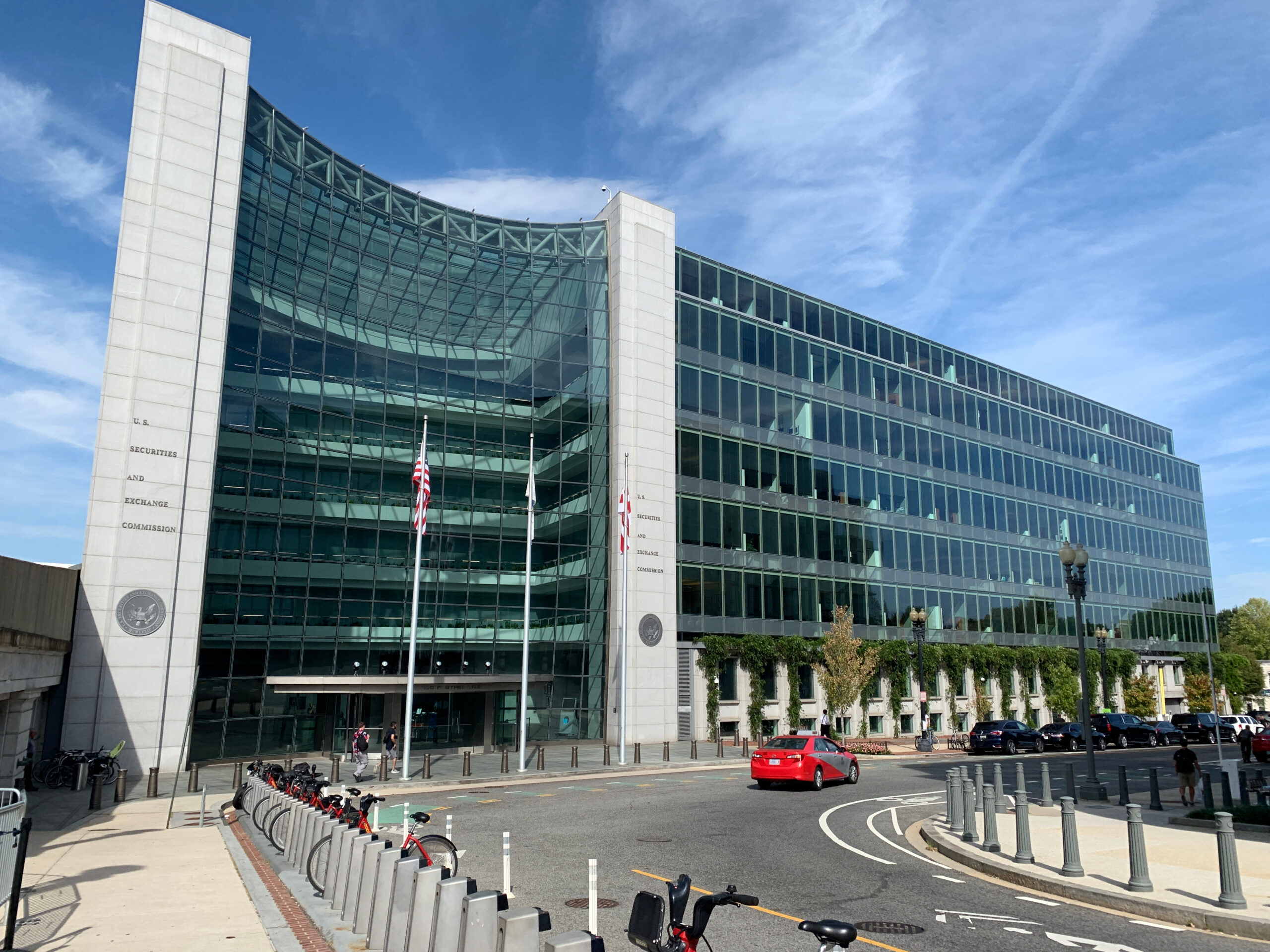By Jennifer Dickinson, Senior Managing Director, U.S.
The U.S. SEC’s recently-adopted private fund reforms have staggered compliance dates intended to allow smaller firms (defined as those with under $1.5 billion in assets under management (AUM)) more time to comply. However, time and AUM are not the only important factors in preparing to comply with the new rules. Just as critical is the fact that many firms’ chief compliance officers (CCOs) have another role – usually that of chief financial officer (CFO).
Even now, there is regulatory risk associated with multi-hatted CCOs, as the SEC expects firms to fully resource the compliance function, empower their CCOs with complete authority to manage the compliance program, and give visibility into all aspects of the firm’s business.
There have been several enforcement cases where a lack of time, resources or other issues have led to violations of applicable laws and rules. The private fund reforms add significant workload not just for firms overall, but specifically for the person who holds the CFO and CCO titles.
In this article, I’ll highlight the key areas in which the CFO/CCO role will be impacted once the reforms take effect.
1. Audit requirement
Many firms elect to have their special purpose vehicles (SPVs) undergo a surprise examination of their assets. Effective March 14, 2025, that alternative is no longer available.
The CFO/CCO will have to contend with a much larger audit season workload, in a climate where fewer people are going into public accounting and the downside risk of not having audits done on time is substantial (see, for example, September 2023 and September 2022 enforcement cases).
If the proposed Safeguarding Rule is adopted, the CFO/CCO’s audit and custody obligations will expand even more.
2. Quarterly statements
The new rule on quarterly statements specifies the timing, format and content of statements that must be provided to all investors in each fund and SPV. Implementation will involve a significant amount of work because all fund and portfolio company fees and expenses need to be reported in specific categories; firms cannot bundle any into overly-broad categories or omit de minimis expenses.
While a firm should have all the required information, it may be scattered among different teams or live on different systems, which will require a data-mapping exercise.
If a firm does not use a third-party fund administrator, it will have to develop its own template for the statements as well.
In many cases, SPVs do not receive reporting on anything more than an annual basis, which will add to both the preparation and ongoing workload.
Lastly, the deadlines are possibly tighter than what a firm is used to, so CFO/CCOs should conduct dry runs to ensure they can prepare and deliver the statements in a timely manner.
3. Restricted activities
Compliance with the restricted activities rule will require a data-gathering exercise as well. The CFO/CCO should review the expense provisions in the offering documents for all of its funds.
While the consent requirements (passing through costs of investigations and obtaining loans or extensions of credit from a fund) have the Legacy Status mechanism, the disclosure requirements do not. Thus, the CFO/CCO should know:
- Which, if any, funds pay for examination or other routine compliance costs
- Whether the firm offsets claw-backs for the effect of taxes
- The nature of any provisions allowing for non-pro rata allocation of expenses
All of the above require disclosure, not just in the offering documents, but at the time that the event takes place. The CFO/CCO will also need to consult with legal counsel on the form and language of the required disclosures.
In addition, for all funds launched after the compliance date, the CFO/CCO will need to establish a process for obtaining the required consents. LPAC consent will not suffice here, so there will be added workload in reaching out to all investors and tabulating the consents.
4. Adviser-led secondaries
This rule will require firms to obtain an independent fairness or valuation opinion in connection with any secondary transaction that it initiates.
With continuation vehicles and other adviser-led transactions on the rise, CFO/CCOs should expect additional costs and effort to engage independent providers on these transactions. Those providers may require more in-depth information than a firm might otherwise prepare, to enable the provider to give their opinion. There are also disclosure requirements, which will take time to prepare.
5. Preferential treatment
Similar to the restricted activities, there will be some initial preparation required in order to comply with this rule. CFO/CCOs should review not only their side letters, but any other forms of preferential treatment that the firm has provided to investors.
While there is a Legacy Status mechanism here too, practically speaking it only applies to the requirement to offer preferential liquidity and transparency terms to all fund investors.
On a going forward basis:
- Funds that existed prior to the compliance date will still have disclosure obligations as to the other preferential terms that exist
- Any new funds launched after the compliance date will be subject to both the consent and disclosure requirements
Understanding all the terms that a firm has historically offered will help it strategize what it is willing to offer after the compliance date.
6. Recordkeeping
All of the rules have recordkeeping associated with them, so CFO/CCOs will need to work with various teams to make sure they understand both their substantive obligations and the nature of the required books and records.
As with all new rules, we expect the SEC to conduct sweeps to assess compliance and these records will be reviewed in routine exams. The results of the Marketing Rule sweep suggest that non-compliance, even at an early stage of the rollout, could result in enforcement.
Compliance dates
The first compliance date already passed earlier this week, on November 13, requiring all investment advisers to have written documentation of the annual review of their compliance program under rule 206(4)-7(b).
Further compliance dates span 2024 and 2025, including staggered deadlines for certain rules depending on whether your firm is classed as larger or smaller. As follows:
|
Rule |
Larger private fund advisers $1.5bn or more in private fund assets |
Smaller private fund advisers
Less than $1.5bn in private fund assets |
| 206(4)-10
Audit requirement (Registered advisers) |
March 14, 2025 | March 14, 2025 |
| 211(h)(1)-2
Quarterly statements (Registered advisers) |
March 14, 2025 | March 14, 2025 |
| 211(h)(2)-1
Restricted activities (Any investment adviser) |
September 14, 2024 | March 14, 2025 |
| 211(h)(2)-2
Adviser-led secondaries (Registered advisers) |
September 14, 2024 | March 14, 2025 |
| 211(h)(2)-(3)
Preferential treatment (Any investment adviser) |
September 14, 2024 | March 14, 2025 |
Speak to IQ-EQ
Although much of the upcoming additional workload for CFO/CCOs will be internal, engaging a service provider like IQ-EQ to support finance, fund administration and compliance functions can go a long way to manage the new obligations.
At IQ-EQ, our compliance consultants have the experience to handle all U.S. regulatory requirements of the SEC and will work with you to adapt these new rules to keep your firm compliant. Find out more about our regulatory compliance consulting services.




